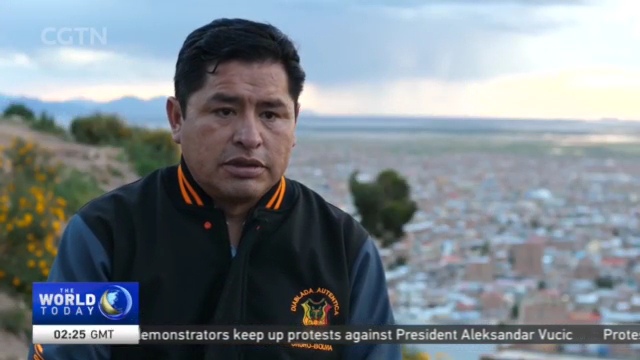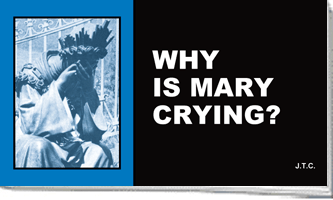I’m curious why Catholicism has attracted pagan syncretism and the Protestant side of Christianity has not. I know that it exists primarily in Latin America and in parts of the South, such as with hoodoo (particularly Louisiana). I’m fully aware of the pagan cultural roots of the natives and slaves from Africa…that’s not what I’m referring to. I’m referring to why this syncretism never was adopted in the Protestant tradition but was in the Catholic tradition. It’s not as if there were never Protestants around natives and slaves, so what’s the reason?
https://owlcation.com/humanities/ChristianPagan-Syncretism-in-Post-Conquest-Latin-America

 travelnoire.com
travelnoire.com
https://owlcation.com/humanities/ChristianPagan-Syncretism-in-Post-Conquest-Latin-America

5 Spellbinding Destinations To Learn The History Of Hoodoo In America
You can learn more about African-American magic by visiting these destinations that uncover the history of Hoodoo in America.



